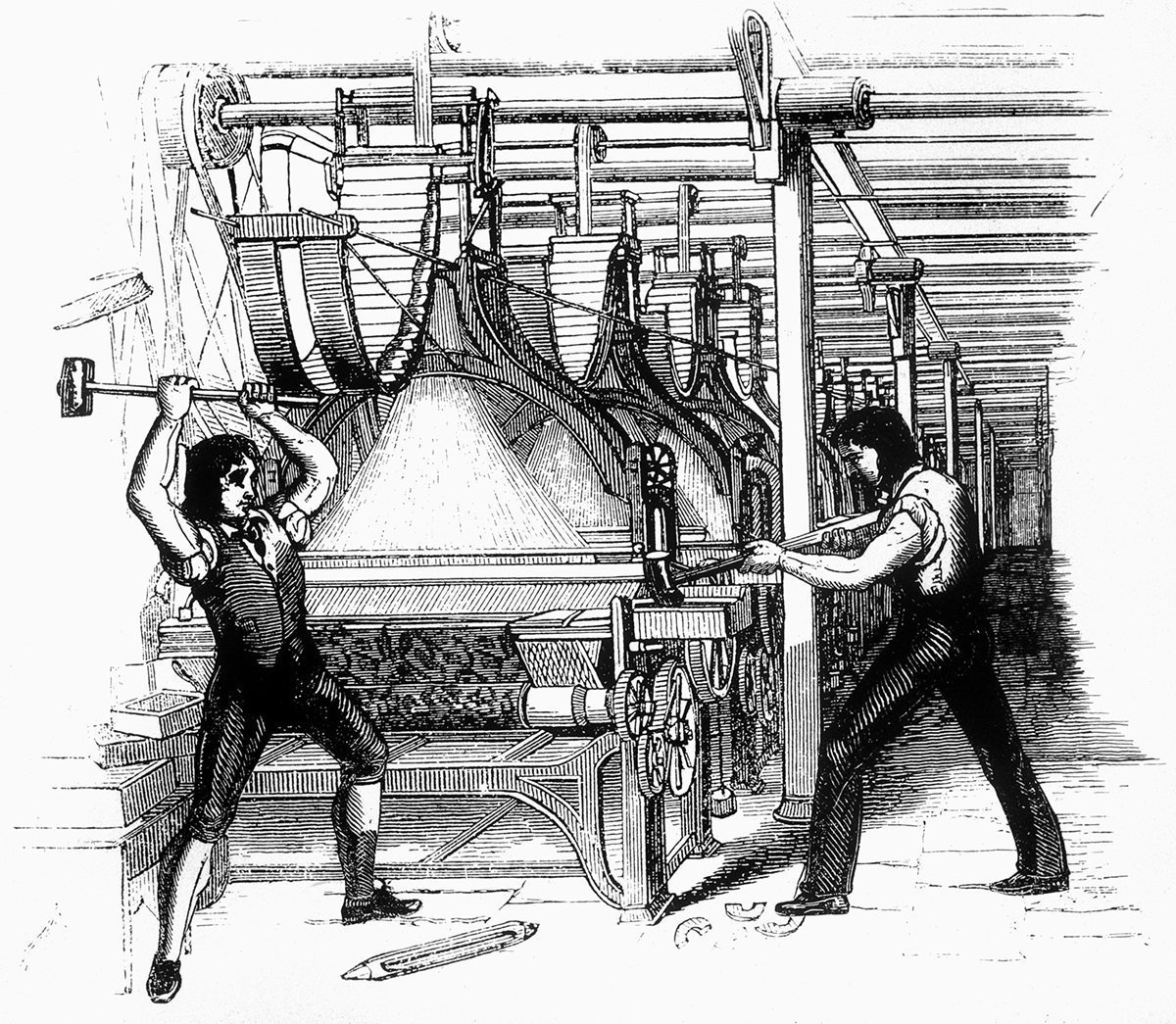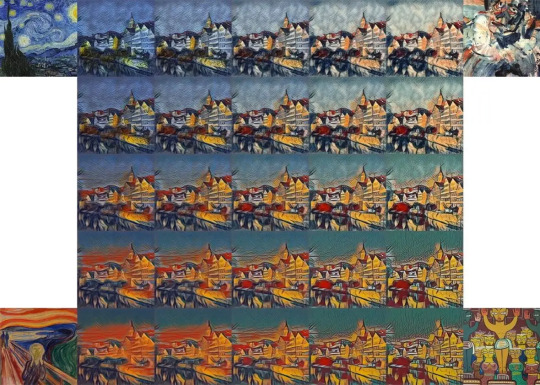AI Art and the Luddites
Published: 2022/12/13
Word Count: 292
A labor theory analysis of AI art, correcting some common misconceptions about Luddites, and reframing the AI discussion into a broader fight.

The debate about AI art is the exact same one as the fight the Luddites had about the introduction of weaving machines. Because it's not about the specific technology, it's about worker control over said technology.
The Luddites—skilled weavers themselves—weren't even against the use of those weaving machines in general! But they recognized that, if they weren't the ones in control of the manufacturing, they would be open to exploitation by the factory bosses. And they were right. Now they were being paid for speed—piece work—instead of for their expertise and time. Their wages dropped, they became replaceable, fewer of them were needed to produce as much output, they lost the ability to negotiate for wages and worker protections.
And they were derided for being afraid of progress, afraid of the future, of the power of technology to improve our lives. And that's how they're remembered.
Sound familiar?
The power of capitalism is that it wants to twist anything into its service, including movements against it. The Luddites' movement to protect the value of their labor becomes an insult meaning "scared of technology and science." Artists pushing back against AI art are being called elitists (or Luddites themselves) who just don't want poor people having access to art.
The key, now as in the 19th century, is worker control. NOT "does AI art count as art" (too easy to get derailed into arguments about what art even is), NOT "how do I stop my art from being used in training" (a preventative/reactive measure, not a plan for future action). Framing the argument as an issue that affects all workers builds solidarity, instead of letting us get pitted against each other. No one is free until we're all free, and all that.
